To Share is to Show You Care!
Cryptocurrency mining has long been a topic of concern when it comes to its environmental impact. However, in recent years, the crypto community has been actively seeking eco-friendly solutions to mitigate these concerns. In this blog post, we will explore how cryptocurrency mining is evolving to become more sustainable in 2023. We will unveil the best eco-friendly solutions that are making a positive difference for our planet.
1. Leading Environmentally-Friendly Solutions for Cryptocurrency Mining
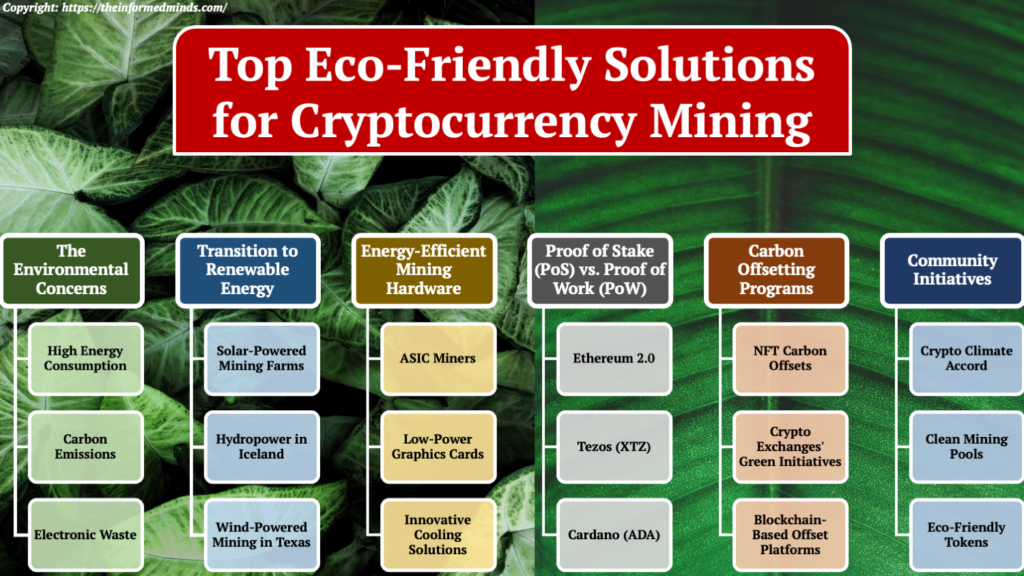
1.1 The Environmental Concerns

- High Energy Consumption: Traditional cryptocurrency mining operations, such as Bitcoin mining, consume an enormous amount of electricity, often exceeding the energy consumption of entire countries.
- Carbon Emissions: Some mining facilities rely on coal and other fossil fuels for power, leading to substantial carbon emissions that contribute to climate change.
- Electronic Waste: Mining hardware has a limited lifespan, and when it becomes obsolete, it adds to the growing problem of electronic waste, which can harm the environment if not properly recycled.
1.2 Transition to Renewable Energy
- Solar-Powered Mining Farms: Solar panels are being used to power cryptocurrency mining farms in sunny regions, reducing their reliance on non-renewable energy sources.
- Hydropower in Iceland: Iceland has become a hub for crypto mining due to its abundant supply of clean and renewable hydropower, attracting environmentally conscious miners.
- Wind-Powered Mining in Texas: Texas has seen a surge in wind-powered mining operations, taking advantage of the state’s strong winds to generate eco-friendly electricity.

1.3 Energy-Efficient Mining Hardware

- ASIC Miners: Application-Specific Integrated Circuit (ASIC) miners are designed to perform mining tasks more efficiently than traditional GPUs, consuming less energy.
- Low-Power Graphics Cards: Some GPU manufacturers are producing graphics cards specifically optimized for energy efficiency, allowing miners to reduce their carbon footprint.
- Innovative Cooling Solutions: Energy-efficient cooling solutions, such as immersion cooling, help mining rigs operate at lower temperatures, saving on energy costs.
1.4 Proof of Stake (PoS) vs. Proof of Work (PoW)
- Ethereum 2.0: Ethereum, one of the largest cryptocurrencies, is transitioning from PoW to PoS with its Ethereum 2.0 upgrade, significantly reducing energy consumption.
- Tezos (XTZ): Tezos is a PoS-based blockchain that has gained popularity for its eco-friendly consensus mechanism, attracting environmentally conscious investors.
- Cardano (ADA): Cardano is another cryptocurrency that uses PoS to validate transactions, emphasizing sustainability as a core principle of its platform.

1.5 Carbon Offsetting Programs

- NFT Carbon Offsets: Some NFT (Non-Fungible Token) platforms contribute a portion of their revenue to carbon offset initiatives, aiming to counterbalance their environmental impact.
- Crypto Exchanges’ Green Initiatives: Several cryptocurrency exchanges have initiated programs to invest in renewable energy projects and reforestation efforts to offset their carbon emissions.
- Blockchain-Based Offset Platforms: Blockchain technology is being used to create transparent and verifiable carbon offset platforms that ensure contributions are making a real impact.
1.6 Community Initiatives
- Crypto Climate Accord: This industry-led initiative aims to make the cryptocurrency industry 100% renewable by 2025, garnering support from major players in the crypto space.
- Clean Mining Pools: Mining pools like “CleanSpark” and “Foundry” actively promote sustainable mining practices and encourage their members to use green energy sources.
- Eco-Friendly Tokens: Some new cryptocurrencies, like “Chia,” focus on being eco-friendly from the ground up, attracting a community of environmentally conscious users and miners.

2. Exploring the Technologies Driving Cryptocurrency Mining Efficiency
Cryptocurrency mining involves solving complex mathematical problems to validate and record transactions on a blockchain network. To accomplish this, miners employ a range of technologies and hardware, each with its own advantages and limitations. Here are some of the key technologies and hardware used in cryptocurrency mining:
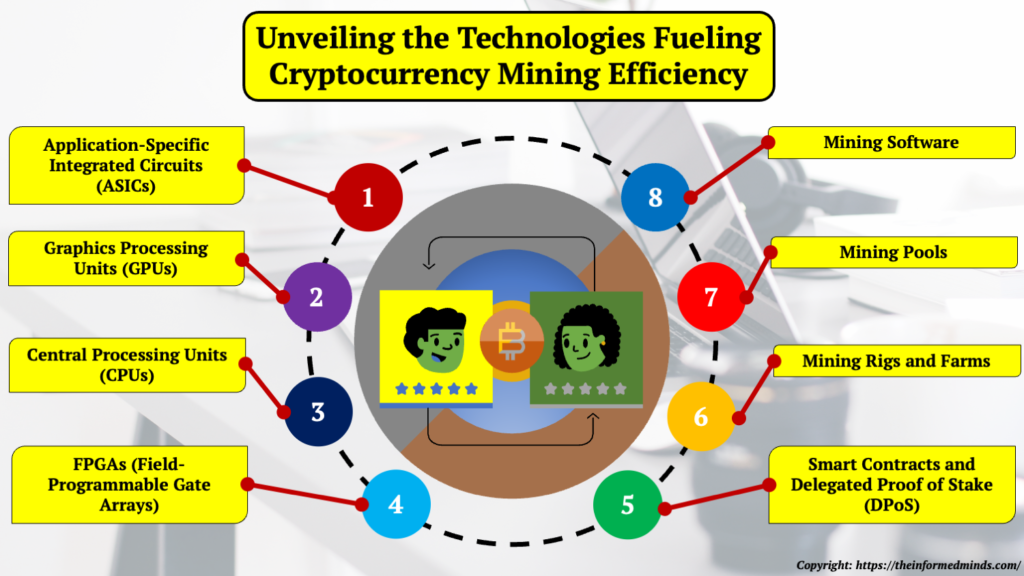
2.1 Application-Specific Integrated Circuits (ASICs)

- ASICs are specialized hardware devices designed specifically for cryptocurrency mining.
- They are highly efficient and tailored to perform a single mining algorithm, such as SHA-256 for Bitcoin or Ethash for Ethereum.
- ASICs offer extremely high processing power and energy efficiency, making them the preferred choice for many professional miners.
2.2 Graphics Processing Units (GPUs)
- GPUs are general-purpose graphics cards that can also be used for cryptocurrency mining.
- They are versatile and capable of mining various cryptocurrencies by running complex mathematical calculations.
- GPUs are favored for mining algorithms that are resistant to ASICs, and they are often used by hobbyist miners.

2.3 Central Processing Units (CPUs)
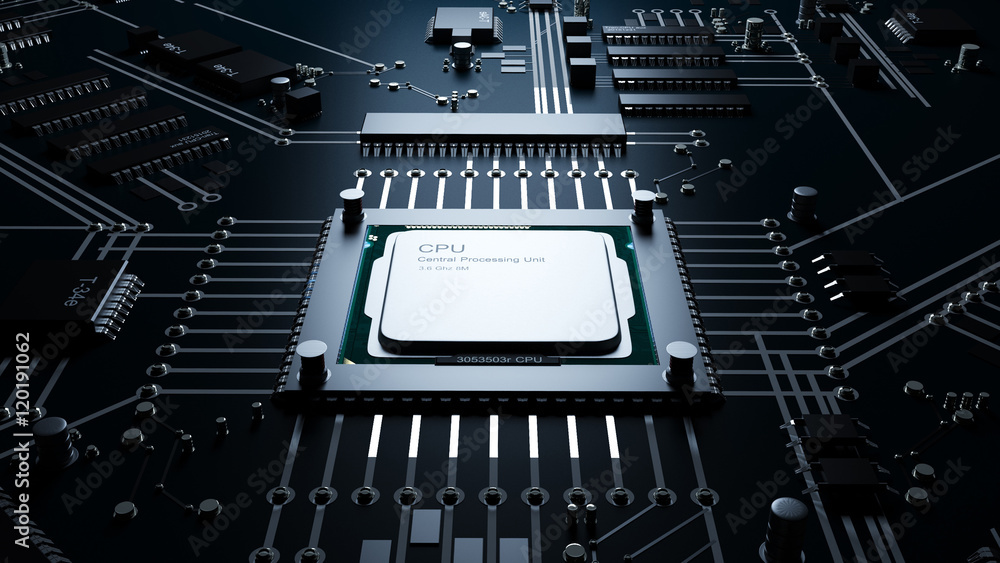
- CPUs are the main processors of a computer and are the least efficient option for cryptocurrency mining.
- They are generally not suitable for mining cryptocurrencies like Bitcoin due to their low hashing power.
- CPUs are occasionally used for mining cryptocurrencies with less demanding algorithms or as part of mining pools.
2.4 FPGAs (Field-Programmable Gate Arrays)
FPGAs are hardware devices that can be reconfigured for specific mining algorithms.
They offer a balance between GPUs and ASICs in terms of performance and flexibility.
FPGAs are used in some niche mining applications, particularly for algorithms that lack efficient ASIC options.
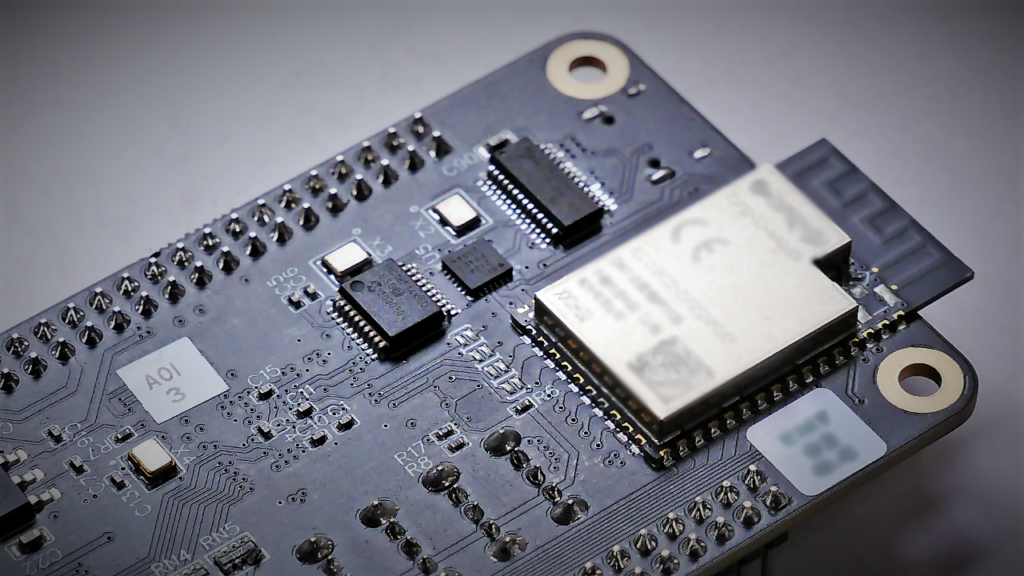
2.5 Mining Software

- Mining software is essential for controlling and managing mining hardware.
- It connects miners to the blockchain network, facilitates the mining process, and provides real-time statistics.
- Popular mining software includes CGMiner, BFGMiner, and NiceHash.
2.6 Mining Pools
- Mining pools are groups of miners who combine their computational power to increase their chances of solving a block and receiving rewards.
- Pools distribute rewards among members based on their contributed hashing power.
- Examples of mining pools include Slush Pool, F2Pool, and Antpool.

2.7 Mining Rigs and Farms
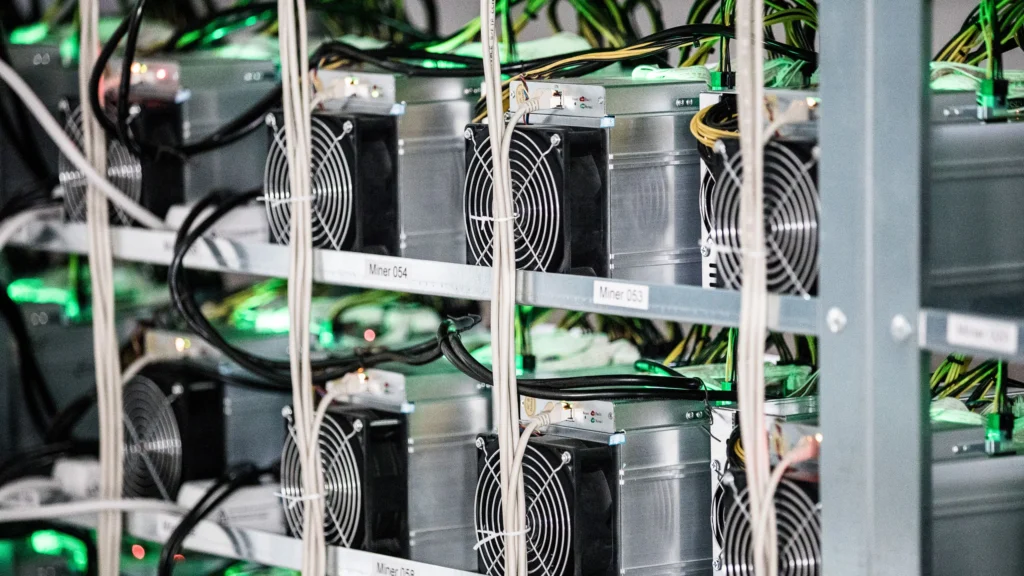
- Mining rigs are dedicated setups of multiple mining hardware devices, often housed in custom-built frames for optimal cooling and efficiency.
- Mining farms are large-scale operations with hundreds or thousands of mining rigs, typically located in regions with favorable electricity rates and climate conditions.
2.8 Smart Contracts and Delegated Proof of Stake (DPoS)
- Some cryptocurrencies, like Ethereum, use smart contracts to secure their network and validate transactions.
- DPoS is an alternative consensus mechanism used by some blockchains, where validators are elected to produce blocks, eliminating the need for resource-intensive mining.

These technologies play a crucial role in the cryptocurrency mining ecosystem, with miners continually adapting their hardware and software to maximize efficiency and profitability. It’s important to note that the choice of technology and hardware depends on factors like the specific cryptocurrency being mined, the mining algorithm, and the miner’s budget and goals.
Conclusion
In 2023, the cryptocurrency mining industry is making significant strides toward becoming more environmentally responsible. The transition to renewable energy sources, the development of energy-efficient hardware, and the adoption of PoS consensus algorithms are just a few examples of the positive changes happening. By actively addressing environmental concerns, the crypto community is proving that it can be a force for good in the quest to save our planet.
As we move forward, it’s crucial for miners and investors to continue supporting these eco-friendly initiatives, ensuring that cryptocurrency mining remains sustainable and responsible.
Frequently Asked Questions
Q1: How is crypto mining eco-friendly?
A: Crypto mining can be eco-friendly when it utilizes renewable energy sources like solar or hydroelectric power, reducing its carbon footprint.
Q2: How can we reduce the environmental impact of crypto mining?
A: To reduce environmental impact, miners can transition to renewable energy sources, use energy-efficient hardware, and participate in carbon offset programs.
Q3: Can cryptocurrency be environmentally friendly?
A: Yes, cryptocurrency can be environmentally friendly when mined and used responsibly with a focus on sustainable energy sources and reduced energy consumption.
Q4: Is bitcoin mining becoming more environmentally friendly?
A: Yes, as more miners transition to renewable energy sources and adopt energy-efficient practices, bitcoin mining is becoming more environmentally friendly.
Q5: What is the most efficient way of mining crypto?
A: The most efficient way to mine crypto is by using ASIC (Application-Specific Integrated Circuit) miners, which are designed for optimal energy efficiency and performance.
Q6: Does crypto mining harm the environment?
A: Traditional crypto mining, using fossil fuels, can harm the environment due to its high energy consumption and greenhouse gas emissions.
Q7: How can we solve environmental problems of mining?
A: Solving environmental problems in mining involves transitioning to renewable energy, improving hardware efficiency, and supporting sustainability initiatives.
Q8: How can we reduce the carbon footprint in mining?
A: Reducing the carbon footprint in mining can be achieved by using renewable energy, implementing energy-efficient technologies, and supporting carbon offset initiatives.
Q9: What helps to minimize the negative impacts of mining?
A: Minimizing negative impacts involves responsible mining practices, efficient hardware, renewable energy, and efforts to offset environmental damage.
Q9: Why does crypto mining use so much energy?
A: Crypto mining uses significant energy because it involves solving complex mathematical puzzles to validate transactions on the blockchain, which requires substantial computational power.
Q10: How much electricity does crypto mining use?
A: The electricity consumption of crypto mining varies widely based on factors like the cryptocurrency being mined, mining hardware, and energy efficiency. It can range from small-scale setups to large industrial operations.
Q11: Does Bitcoin use more energy than banks?
A: At times, bitcoin mining can consume more energy than individual banks, but it’s essential to consider that the Bitcoin network serves as a decentralized global financial system.
Q12: What mining is worse for the environment?
A: Mining using non-renewable energy sources like coal or natural gas is worse for the environment due to the higher carbon emissions associated with these sources.
Q13: Is Bitcoin mining a waste of resources?
A: Bitcoin mining is a matter of debate, with some viewing it as a waste of resources due to its energy consumption, while others argue it secures a decentralized financial system.
Q14: What is the greenest cryptocurrency?
A: The greenest cryptocurrencies are those built on energy-efficient consensus algorithms like Proof of Stake (PoS), such as Ethereum 2.0, or those actively striving to reduce their environmental impact through sustainable practices.
The Informed Minds
I'm Vijay Kumar, a consultant with 20+ years of experience specializing in Home, Lifestyle, and Technology. From DIY and Home Improvement to Interior Design and Personal Finance, I've worked with diverse clients, offering tailored solutions to their needs. Through this blog, I share my expertise, providing valuable insights and practical advice for free. Together, let's make our homes better and embrace the latest in lifestyle and technology for a brighter future.

